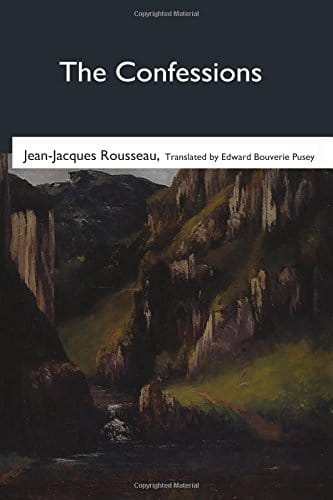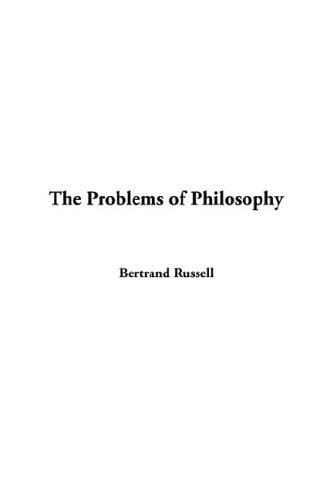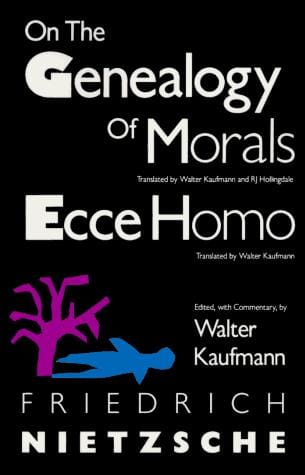The Confessions: Augustine’s Timeless Journey from Restlessness to Redemption
Discover why St. Augustine's "The Confessions"—part memoir, part philosophy—remains a must-read guide for the restless modern soul.

Introduction: Why “The Confessions” Still Captivate
Written more than sixteen centuries ago, St. Augustine of Hippo’s “The Confessions” continues to mesmerize scholars, theologians, and casual readers alike. Part spiritual autobiography, part philosophical treatise, and part extended prayer, the thirteen-book narrative offers an unfiltered look at Augustine’s restless search for truth and the dramatic conversion that reshaped Western Christianity. Although the cultural context has shifted dramatically since late-fourth-century North Africa, Augustine’s candid reflections on desire, doubt, and divine grace strike a surprisingly modern chord, which explains why the work remains a staple on university syllabi, bestseller lists, and personal reading plans.
From famous lines like “Our hearts are restless until they rest in you” to searching meditations on time and memory, Augustine’s voice invites readers to examine their own inner landscapes. In an age of social-media oversharing, the fourth-century bishop shows what genuine self-revelation looks like—rigorous, vulnerable, and oriented toward ultimate meaning. Below, we explore the historical backdrop, thematic architecture, and enduring influence of “The Confessions,” followed by practical tips for approaching the text today.
Historical Context: Late Rome in Turmoil
Augustine composed “The Confessions” between AD 397 and 400, a period when the Roman Empire teetered between grandeur and collapse. Political instability, economic strain, and simmering religious tensions created an atmosphere of uncertainty. Christianity, legalized only a few decades earlier, was still defining orthodoxy against rival sects and resurgent paganism. Augustine himself had wandered through Manichaeism, Skepticism, and Neoplatonism before embracing Catholic Christianity.
Understanding this milieu sheds light on Augustine’s urgency. His conversion was not merely personal; it carried implications for a society grappling with competing narratives about truth and salvation. By confessing both his sins and his faith, Augustine offered a model for integrating classical learning with biblical revelation, effectively bridging the ancient and medieval worlds.
Structure and Major Themes
At first glance, “The Confessions” reads like a straightforward autobiography, but its architecture is more intricate. The first nine books recount Augustine’s life from infancy to his mother Monica’s death. Books ten through thirteen pivot sharply, delving into introspective analyses of memory, time, and Genesis’s creation narrative. This bifurcated structure turns the act of remembering into a theological exercise, underscoring that self-knowledge and God-knowledge are inseparable.
Several recurring themes knit the books together. Restlessness serves as the engine of the plot; Augustine’s unsatisfied desires propel him from illicit pleasures and intellectual fads to eventual surrender before God. Grace, understood as unearned divine assistance, rescues him from the labyrinth of self-reliance. Finally, the theme of confession itself operates on two levels: admission of guilt and praise of God’s mercy. In Augustine’s hands, confession is both diagnosis and cure.
Key Takeaways for Modern Readers
First, “The Confessions” validates the complexity of the human heart. Augustine neither glamorizes nor trivializes his struggles with lust, ambition, and grief. His willingness to dissect motives anticipates modern psychology, reminding readers that transformation begins with radical honesty.
Second, the narrative emphasizes the interplay between intellect and affection. Augustine’s path to faith was not anti-intellectual; he wrestled with rhetorical techniques, classical philosophy, and biblical exegesis. His story encourages contemporary seekers to honor both reason and desire rather than reducing spirituality to sterile propositions or raw emotion.
Influence on Literature and Philosophy
Augustine pioneered the genre of introspective autobiography, influencing figures as diverse as Jean-Jacques Rousseau, John Henry Newman, and Frederick Douglass. His method of turning inward to encounter universal truths prefigures the stream-of-consciousness techniques later popularized by modernist authors like Virginia Woolf and James Joyce.
Philosophically, Augustine’s meditations on time in Book XI inspired thinkers from Boethius to Heidegger. His claim that past, present, and future exist primarily in human consciousness reframed subsequent debates in metaphysics and phenomenology. Meanwhile, theologians still mine “The Confessions” for insights into original sin, sacramental theology, and the nature of prayer.
How to Read “The Confessions” Today
New readers often worry about dated language or dense theology, but several strategies make the journey smoother. Choose a modern, scholarly yet accessible translation—Sarah Ruden, Maria Boulding, and Henry Chadwick remain popular choices. Pair the text with a brief companion guide or online lecture series to illuminate historical references without stealing the spotlight from Augustine’s prose.
Approach the work meditatively rather than as a page-turning novel. Many readers benefit from journaling reactions to key passages, echoing Augustine’s own reflective style. Finally, consider reading aloud. Because “The Confessions” doubles as a prayer, hearing the words can unlock their rhythmic beauty and emotive force.
Conclusion: A Classic for Every Generation
More than a relic of Christian antiquity, “The Confessions” offers a mirror in which twenty-first-century readers can recognize their own restless longings. Augustine’s candid self-portrait, intellectual rigor, and lyrical praise weave a tapestry that transcends time and culture. Whether you approach the book for spiritual guidance, literary artistry, or philosophical inquiry, you will find a companion who understands the unruly heart and points it toward lasting peace.
The enduring popularity of “The Confessions” testifies to its capacity to speak anew to each generation. By engaging Augustine’s journey, we neither escape our era nor romanticize the past; instead, we participate in a centuries-long conversation about what it means to be human before the face of God.



